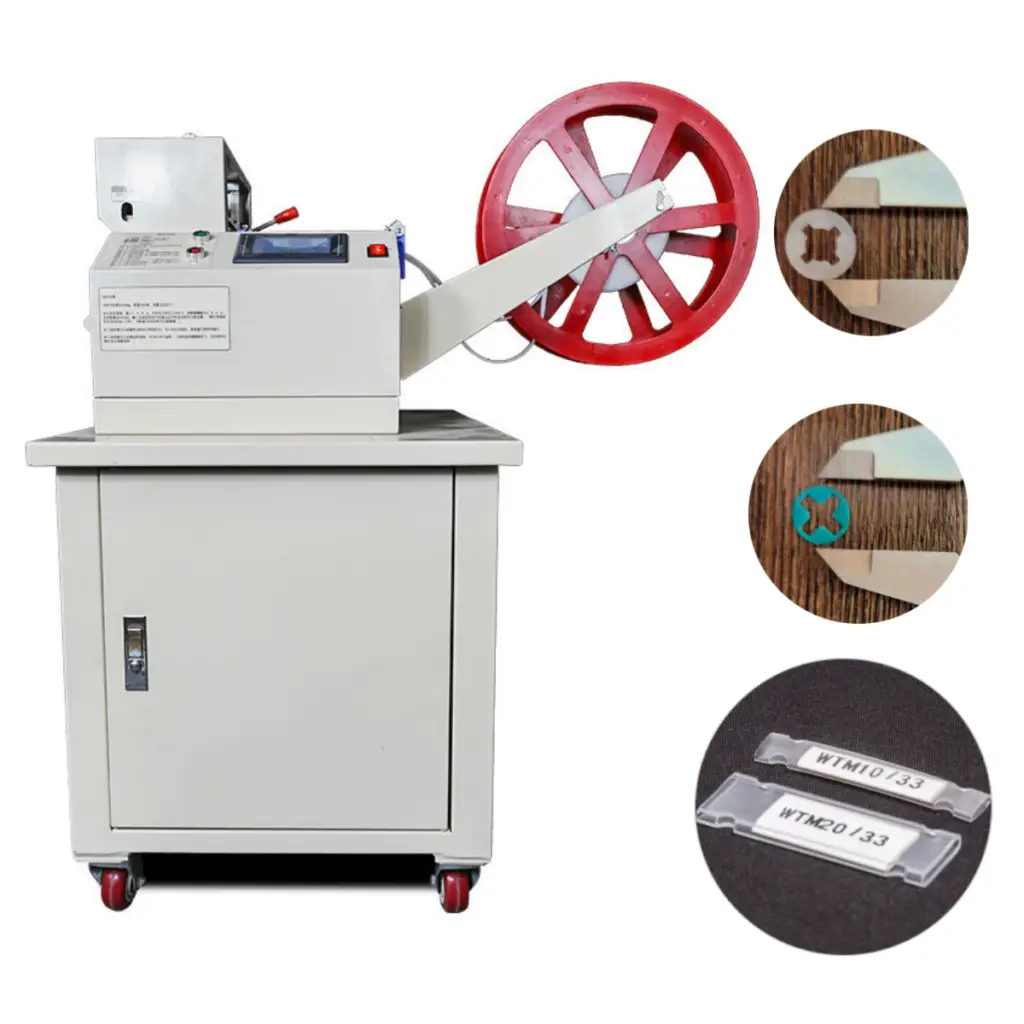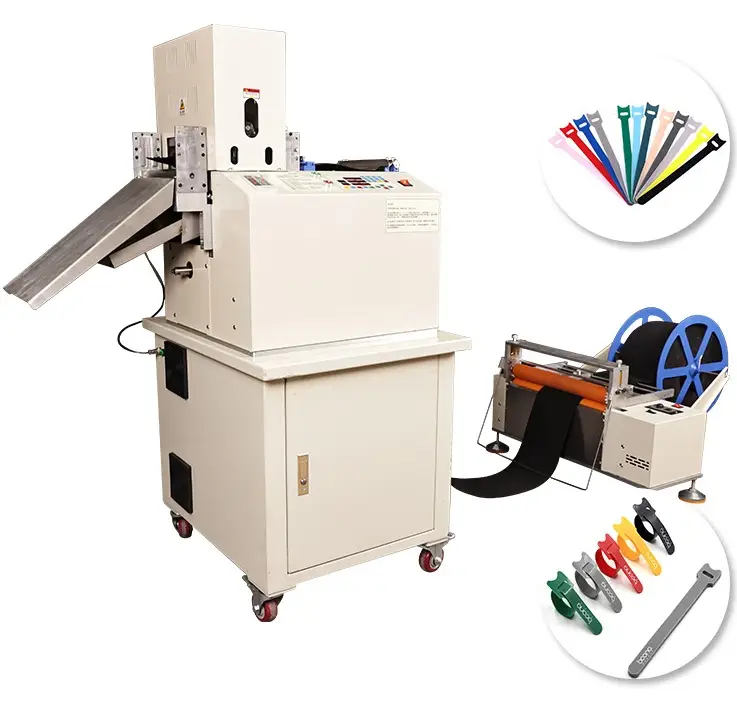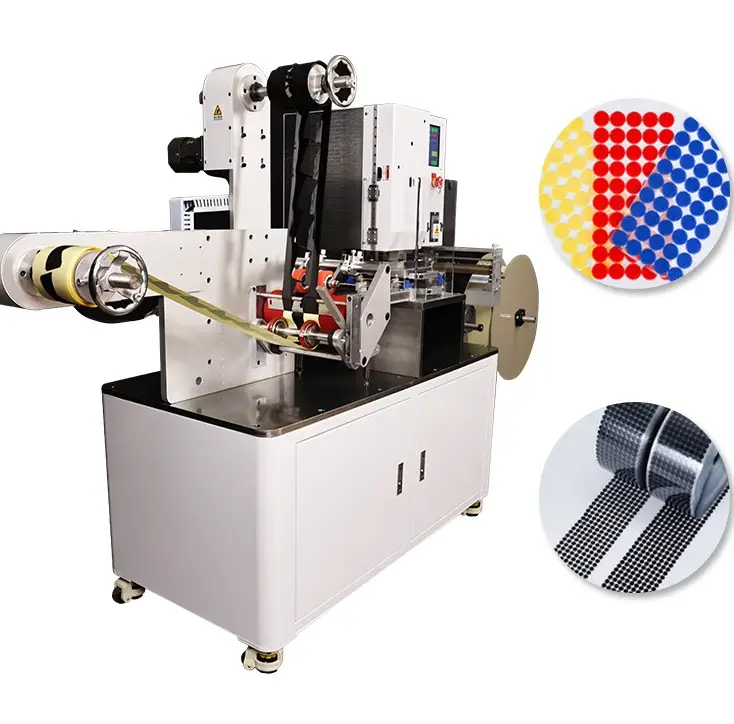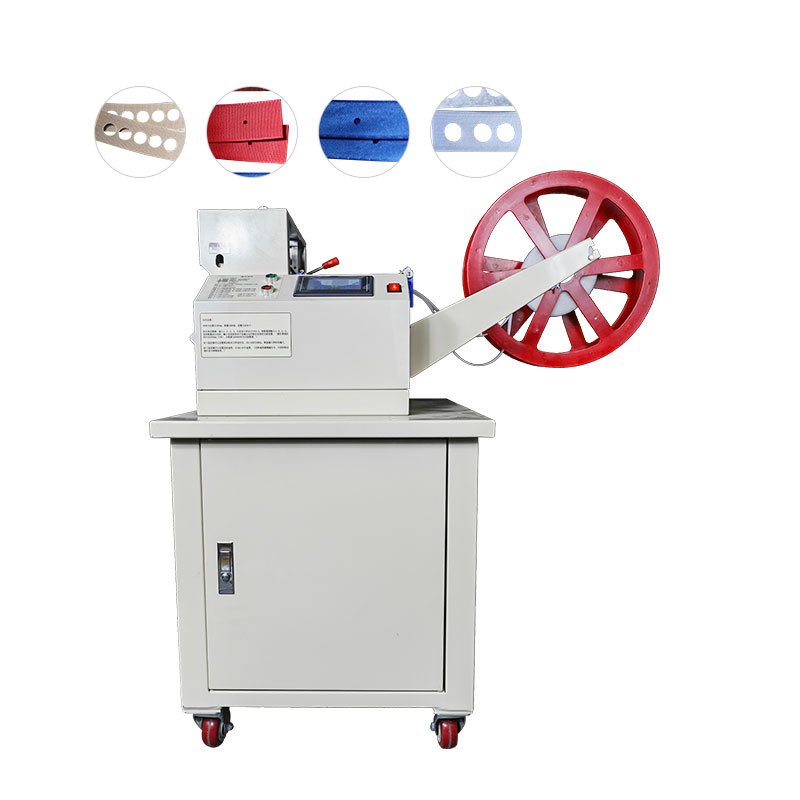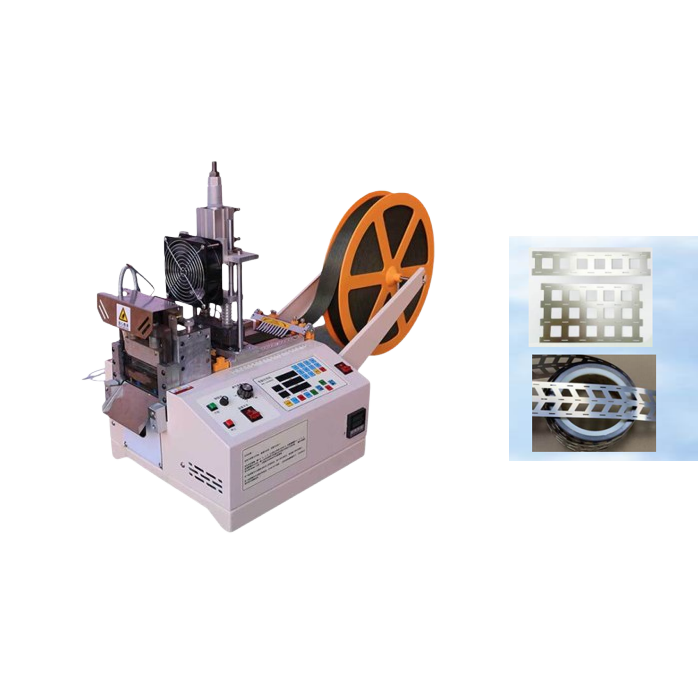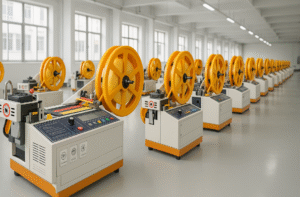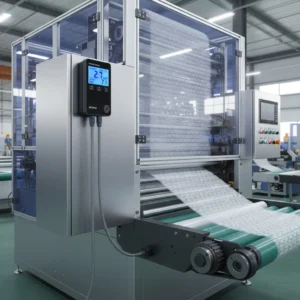How Does a Webbing Punch Hole Machine Work?

If you don’t understand how it works, you can’t choose the right machine for your factory.
A webbing punch hole machine works by feeding webbing material into a die set, then applying force with a punch head to cut clean holes at precise positions.
- A punch and die assembly cuts holes with precision.
- The punch head applies force, pressing the webbing into the die to shear material.
- High-end systems may use ultrasonic or laser cutting for cleaner results.
- Some machines use a heated punch1 to seal fibers and prevent fraying.
- This ensures durability, accuracy, and consistent output across different materials.
When I explained this process to Mark, one of our Canadian clients, he was surprised by how automated it could be. At Suzhou Haoxinhe Electrical Equipment Co., Ltd., our automatic punching cutting machines2 combine punching, cutting, and sealing into one workflow—saving hours compared to manual presses.
What’s the Difference Between Manual and Automatic Machines?
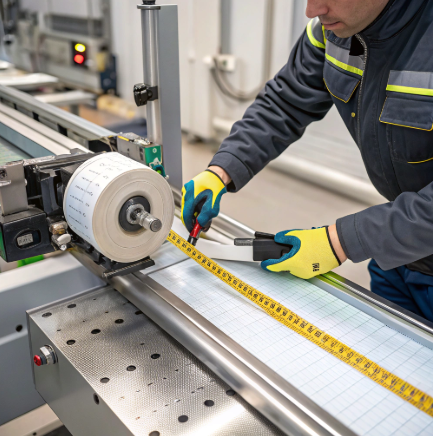
Not all punching machines are equal—speed, safety, and accuracy vary dramatically.
Manual machines require human effort for every punch, while automatic machines use servo motors, PLCs, and sensors for continuous operation.
Step-by-Step: How It Works
Feeding
- Manual: operator places the webbing.
- Automatic: servo conveyors feed material automatically.
Positioning
- Manual: relies on operator alignment.
- Automatic: sensors and PLCs keep accuracy within ±0.1mm.
Punching
- A punch head applies force through a die (hydraulic, pneumatic, or servo).
Finishing
- Advanced machines heat-seal edges to stop fraying.
Manual vs Automatic Comparison
| Feature | Manual Webbing Punch Machine | Automatic Webbing Punch Machine |
|---|---|---|
| Operation | Hand lever or foot pedal | Servo-driven with PLC automation |
| Speed | 1–5 punches/min | 100–200 punches/min |
| Accuracy | Operator-dependent | Sensor-guided, ±0.1mm precision |
| Safety | Basic mechanical guards | Two-hand start, light curtains, interlocks |
| Cost | Lower upfront | Higher upfront, faster ROI |
| Best Use | Small shops, low volume | Industrial-scale, OEM/ODM factories |
Mark first bought a manual punch press for dog collars but couldn’t keep up with demand. He later upgraded to our high-speed automatic punching cutting machine, which tripled output and reduced labor costs.
Why Automation Wins for Scaling
Automatic machines like our PVC Edge Banding Cutting Machine and Protective Foam Cutting Machine integrate multiple steps in one system. Benefits include:
- Less labor needed
- Lower material waste from misalignment
- Higher operator safety
- Reduced downtime
Buyer Tips
- ✅ Choose manual for flexibility and small budgets.
- ✅ Choose automatic if scaling, exporting, or ensuring QC compliance.
- ✅ Always check for CE/UL/CSA certifications for international shipments.
- ✅ Request a demo video or sample punch test before confirming an order.
At Suzhou Haoxinhe, we support buyers step by step in transitioning from manual to automatic, ensuring smooth production upgrades.
Conclusion
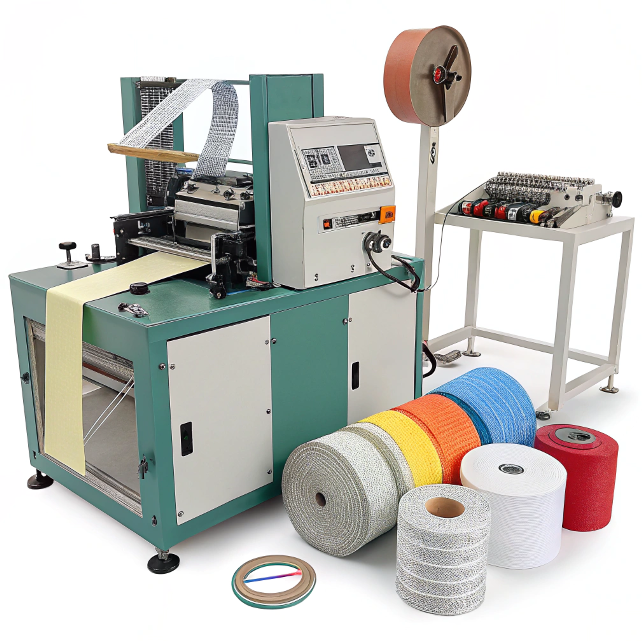
Manual machines work for small workshops, but automatic webbing punch hole machines deliver speed, precision, and long-term scalability.
Insights
After 20+ years in this field, I’ve seen buyers underestimate just how wide the gap is between manual and automatic systems. On paper, it looks like “slow vs fast.” In practice, it’s the difference between a machine that ties up an operator’s full attention and one that runs nearly unattended.
One European client replaced three manual presses (each with a worker) with one automatic servo-driven puncher. Labor costs dropped by 60%, output tripled, and consistency improved dramatically. That wasn’t just efficiency—it was survival in a competitive market.
A smart buyer doesn’t only ask “How does it work?” They ask:
“How will this machine integrate into my production flow?”
That’s why at Suzhou Haoxinhe Electrical Equipment Co., Ltd., we design webbing ribbon cutting machines3, automatic punching cutting machines2, and rotary bevel cutting machines to fit your workflow—not force you to adjust to the machine.

